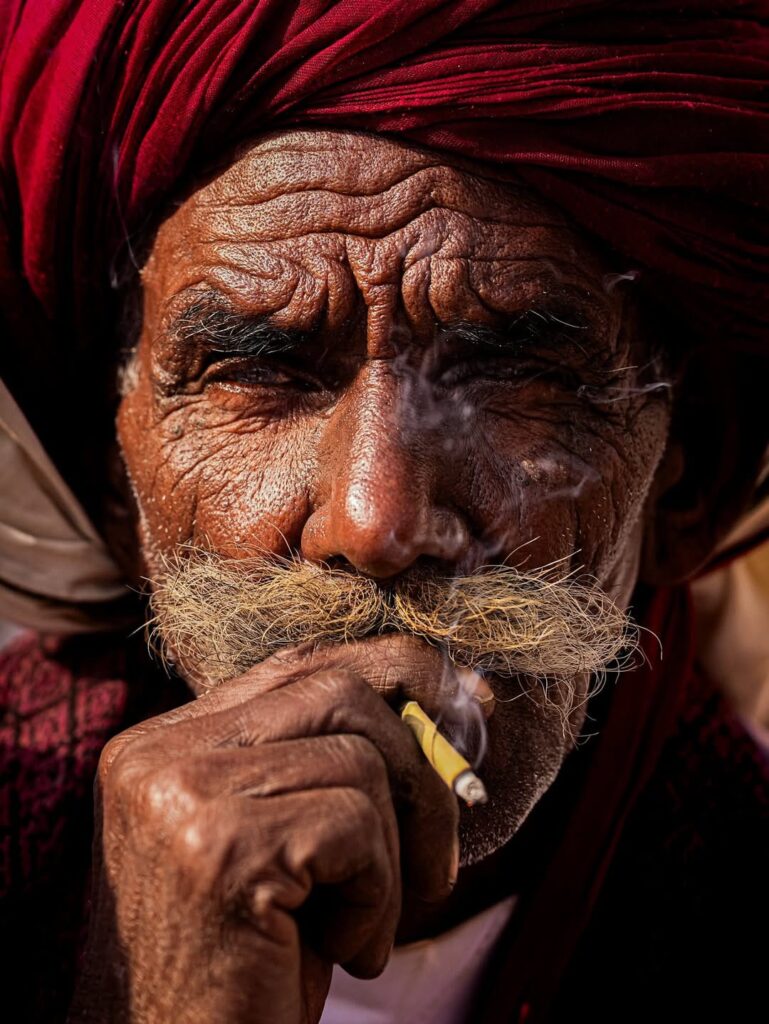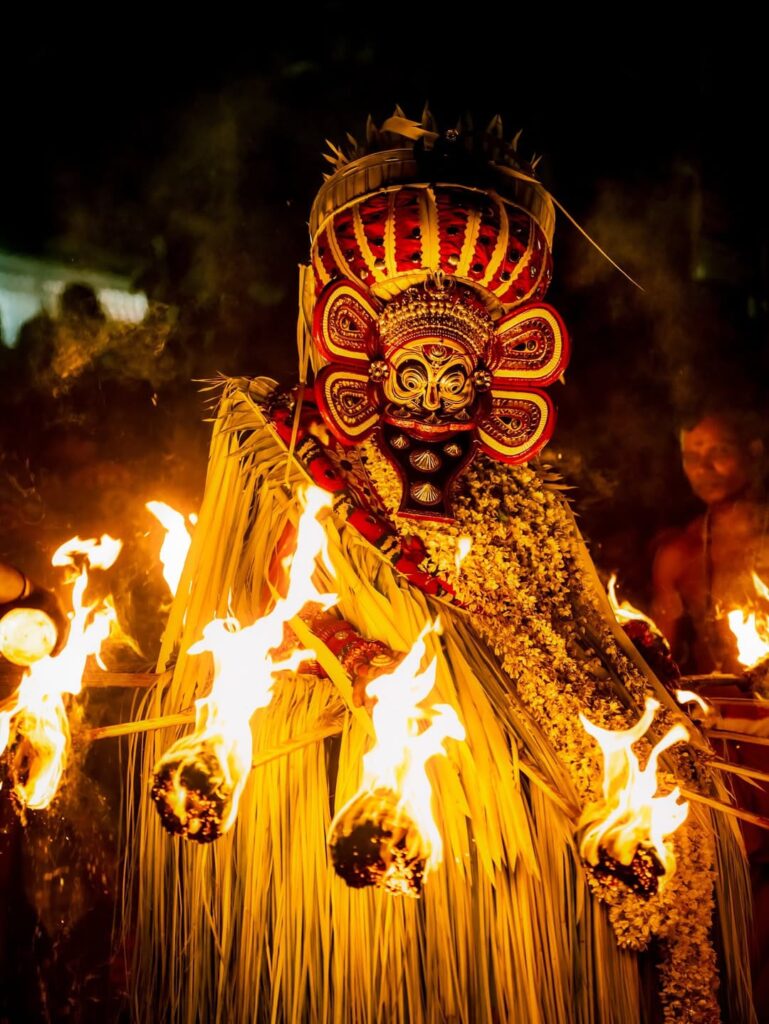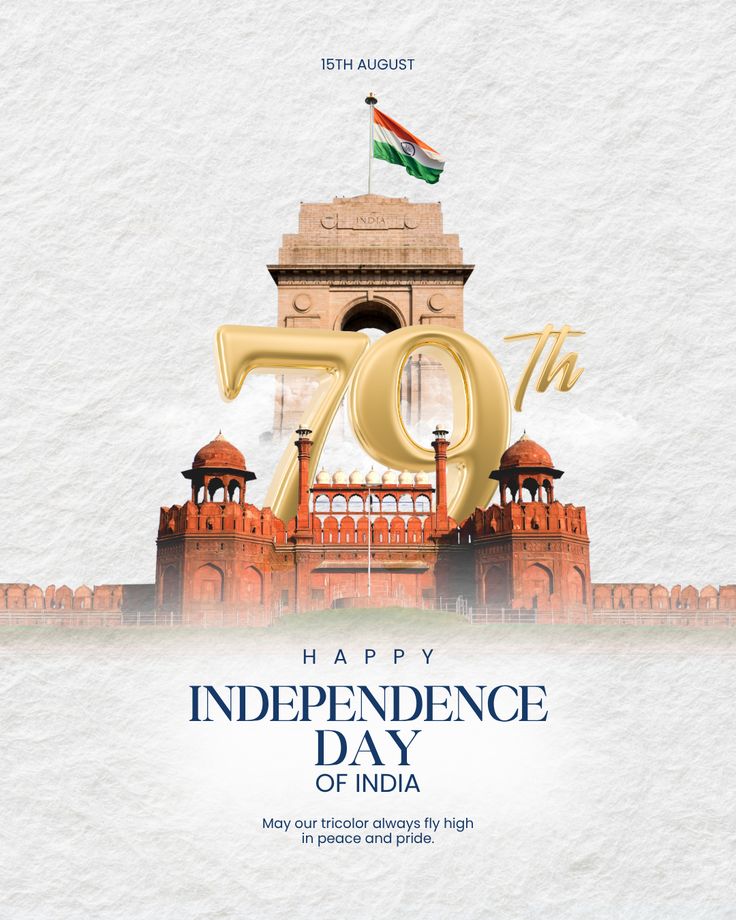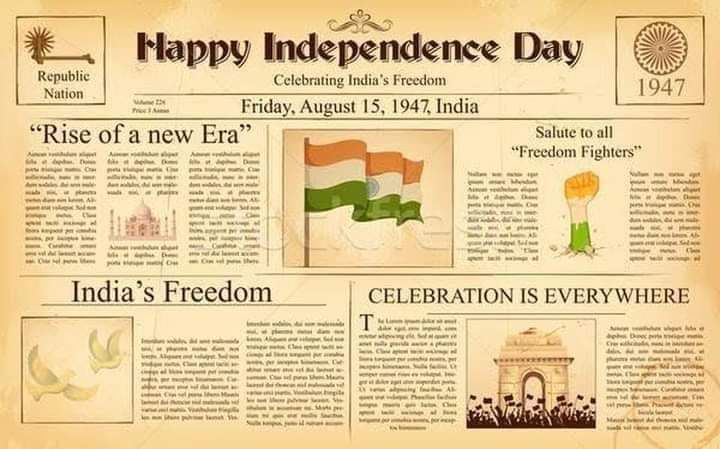

Every year, more than 1.8 trillion photographs are taken around the globe—an average of over 57,000 images every second. Yet, only a fraction of these pictures go on to define moments, preserve history, or inspire generations. On August 19, the world pauses to acknowledge this extraordinary craft on World Photography Day, a global celebration of the art, science, and impact of photography.
This annual event is not just about snapping pictures; it is a reminder of photography’s power to capture time, tell untold stories, and transform how we see the world. From professional photographers to everyday smartphone users, billions participate—making this one of the most universal cultural observances of the digital age.
The Origins of World Photography Day
World Photography Day traces its roots back to 1839, when the French government officially announced the invention of the daguerreotype, one of the earliest methods of capturing images permanently. The day was marked as a historic leap in human innovation, where art and science intertwined to create a new medium of expression.
Later, in 2010, August 19 was officially declared World Photography Day, aiming to celebrate not only the invention but also the people who make photography a medium of truth, memory, and creativity.
Photography: More Than Just Pictures
While photography began as a scientific curiosity, it has since evolved into one of the world’s most powerful tools for communication. Today, over 93% of the world’s population owns a camera-equipped smartphone, making photography more accessible than ever. But accessibility has not diluted its importance—in fact, it has made photography an even more essential part of our daily lives.
- Artistic Value: Photographers like Ansel Adams, Henri Cartier-Bresson, Raghu Rai, and Annie Leibovitz have proven that a single image can rival a painting in emotional depth.
- Historical Significance: Iconic photos like the “Tank Man” in Tiananmen Square or the “Earthrise” from Apollo 8 are reminders of photography’s role in documenting pivotal moments.
- Social Impact: In the digital era, photographs are at the heart of movements, awareness campaigns, and citizen journalism—sometimes more influential than written words.
World Photography Day 2025: Themes and Celebrations
This year’s theme, “Lens of Unity: Capturing the World Together”, focuses on how photography bridges divides and fosters global connections. Around the world, cultural organizations, schools, galleries, and online communities are hosting contests, exhibitions, and workshops.
- India is showcasing exhibitions of historical and modern works, including tributes to legendary photojournalist Raghu Rai, who has chronicled India’s transformations for decades.
- New York and Paris are holding open-air photography festivals, allowing emerging photographers to present their work to global audiences.
- Online platforms like Instagram, 500px, and Flickr are launching special challenges encouraging users to upload images with the hashtag #WorldPhotographyDay.

The Science Behind the Lens
Technology is just as important to photography as creativity. The journey from the camera obscura to today’s AI-powered cameras has been revolutionary. Modern smartphones can now capture 200-megapixel images, process lighting adjustments instantly, and even edit photographs automatically.
Some key breakthroughs include:
- Daguerreotype (1839) – First permanent photographic process.
- Film Photography (1880s) – Popularized by Kodak, making photography accessible to households.
- Digital Revolution (1975 onwards) – The first digital camera by Kodak engineer Steven Sasson changed the landscape forever.
- AI Photography (2020s) – Real-time corrections, sophisticated editing, and clearer nighttime photos are now possible because to computational photography.
By 2030, experts predict that AI-generated photography will blend seamlessly with real-world images, sparking new debates on authenticity and creativity.
Photography in the Age of Social Media
It is no secret that platforms like Instagram, Facebook, and TikTok thrive on visual storytelling. According to recent studies, over 3.2 billion images are uploaded online every day. For brands, individuals, and influencers alike, photography has become a cornerstone of communication.
But this also brings challenges:
- Authenticity vs. Manipulation – With deepfakes and AI editing, distinguishing truth from fiction has become harder.
- Copyright Issues – Billions of images circulate without proper attribution.
- Mental Health Concerns – The constant exposure to filtered images raises concerns about body image and unrealistic beauty standards.
On World Photography Day, experts encourage photographers to use the lens responsibly—not just to entertain but to inform and inspire.
Famous Photographs That Changed the World
Some photographs have transcended time and borders, shaping public opinion and becoming symbols of humanity’s shared journey:
- “Migrant Mother” (1936) by Dorothea Lange – A symbol of resilience during the Great Depression.
- “Raising the Flag on Iwo Jima” (1945) – An iconic wartime image of hope and unity.
- “The Falling Man” (2001) – A haunting image from 9/11 that humanized tragedy.
- “Afghan Girl” (1984) by Steve McCurry – National Geographic’s cover that became an emblem of refugee struggles.
- “Blue Marble” (1972) – A photograph of Earth from space, which fueled environmental movements.
These illustrations demonstrate that images serve as historical records and change agents in addition to being frozen moments.
The Future of Photography
Looking ahead, photography is poised to undergo even greater transformation. Emerging technologies such as virtual reality (VR), augmented reality (AR), and drone photography are already expanding creative possibilities. Additionally, AI-driven tools are making post-production editing faster and more accessible.
The human impulse to record and share experiences, however, is still at the heart of photography. As cameras evolve, the emotional core behind the lens—curiosity, empathy, and storytelling—remains timeless.

Why World Photography Day Matters
In an era of information overload, photographs cut through noise. A single powerful image can ignite awareness campaigns, raise funds for humanitarian causes, or inspire movements. For individuals, it’s about preserving personal milestones—birthdays, weddings, reunions—that form the visual diary of our lives.
World Photography Day reminds us that while technology enables photography, it is the human perspective that gives each picture meaning. Whether it’s a professional using a DSLR or a child taking their first picture on a phone, each photograph has the potential to inspire, inform, or immortalize.
Conclusion
As the world celebrates World Photography Day 2025, one fact stands out: Photography is humanity’s universal language. With more than 1.8 trillion images captured annually, it is the single most powerful way we record our existence. From art and journalism to social movements and personal memories, photography continues to shape culture and connect people.
On this day, as millions lift their cameras to capture a sunrise, a smiling face, or a fleeting moment, the global community is reminded that while words can be lost in translation, a photograph speaks to all.
Keywords:
World Photography Day 2025, history of photography, significance, theme, famous photographs, photography technology
Related News: Read More



